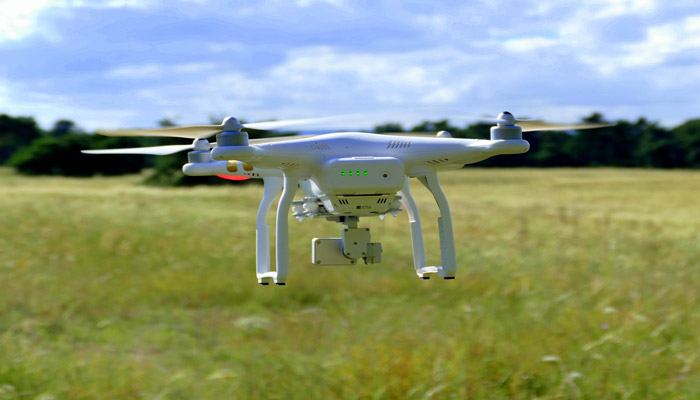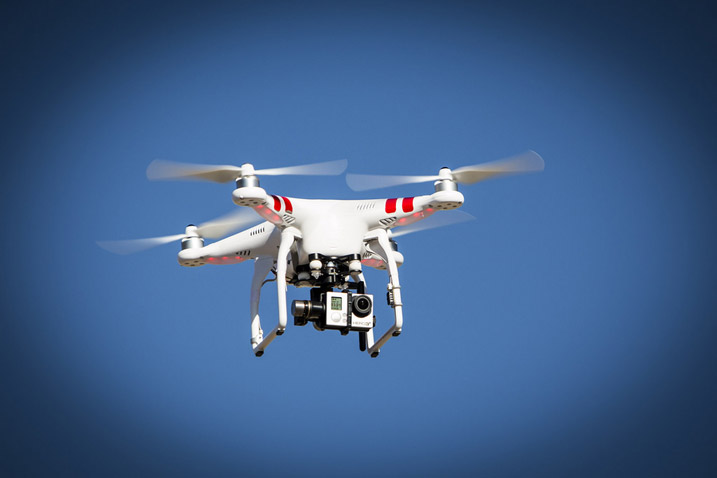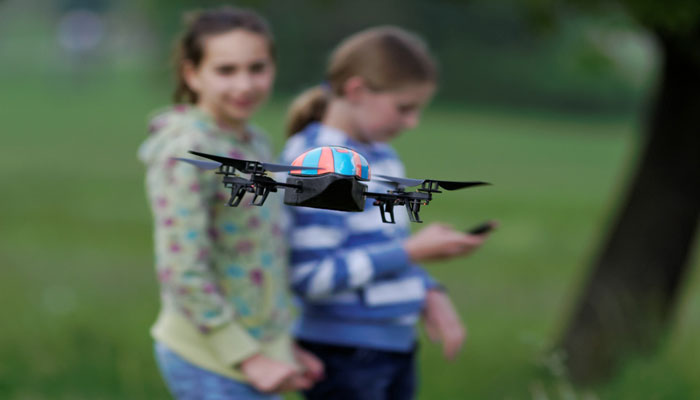How To Fly A Quadcopter
If you have a quadcopter and want to fly it smoothly, this guide will help you prepare for your first time, keep you safe, get airborne, and learn some basic quadcopter flying techniques.
Get A Cheap Quadcopter To Started With
It may be tempting to go immediately for a top of the line quadcopter like a DJI Phantom, but it can be a better idea to go for something a little more affordable first. While people love showing off their flying techniques, new pilots often crash a few times before learning how to master their flying, so it’s better to do that on a $50 quadcopter than a $500 quadcopter (and the controls are more complicated the same). Then, after you’ve mastered the basics, you can move onto a more expensive quadcopter.
- Read more: How To Choose Your Quadcopter

Learn The Controls
When learning how to fly a quadcopter, the controls will become your bread and butter. Start with the basics – your left stick is throttle and yaw. Your right stick is pitch and roll. Learn what each type of movement means, and what it looks like. With any of these controls, the harder you push the stick, the stronger your quadcopter will move in the same direction. When you start, push the sticks very gently to perform some slight movements. As you get used to it, you can make sharper movements.
Check Your Quadcopter Carefully Before Flying
OK, you’ve got your quad, and you’re ready to fly. But before you hit the sticks, going through a pre-flight checklist first, whether you’re flying for the first time or the 100th time. It will also make sure you don’t have to waste your time fixing components and getting things ready when you could be having some troubles flying your quad.
Here is something you can check before each flight:
- Check your micro SD card if you have a camera.
- Make sure the transmitter battery is fully charged, so do the quadcopter battery.
- Check that there are no loose parts os screws on the quadcopter.

Choosing A Place To Learn And Practice As Much As You Can
Allways make sure there is enough room for launch and flight. As a beginner, choose a place that will reduce the chance of making a mistake. We suggest out in a vast, open space, such as a park or a field. Many people prefer to learn on the grassy ground, so if your quadcopter needs to make a crash landing, there will be some cushion right there. Remember to stay away from people or animals. Any accidents could cause accidental injury. And you should always read quadcopter laws for your area carefully before flying.
Getting good with a quadcopter requires practice, just like any other skill. Continue practicing by yourself day by day, until you feel your controls is comfortable and confident that you can fly your quadcopter in more challenging conditions.
Keep Your Quadcopter In Sight
One of the most important rules of quadcopter flying is this: keeping visual contact. By keeping your quadcopter in sight, you’ll be able to avoid obstacles or hazards that suddenly appear and find it harder to fly out of range accidentally. There’s nothing worse than your quadcoptersuddenly disappear, and not knowing where to look to find it. Keeping your quadcopter in sight while flying is also required by some areas government, so it’s worth doing this for more reasons than purely practical ones.
Be Careful When Flying In The Wind
The Wind is the enemy of most copters. If you notice that more than 10 miles per hour winds are outside, you will never want to bring your helicopter out for flight. So always check the forecast before you make firm plans and make sure that you know the conditions before taking off. Fly in the morning, so you can avoid flying in the wind.
Turn Off Your Throttle As Soon As Your Crash
If you’re about to crash into something, turn off the throttle, so you don’t potentially destroy your quadcopter, hurt somebody, or injure yourself. Shut down the throttle stops the rotors from spinning, preventing further harm to the quadcopter and any innocents. Practice this regularly, ensuring that you can react quickly enough when something happens to minimize potential damage.
These are some useful tips that can help you master your quadcopter. Hope you enjoy your flying.





